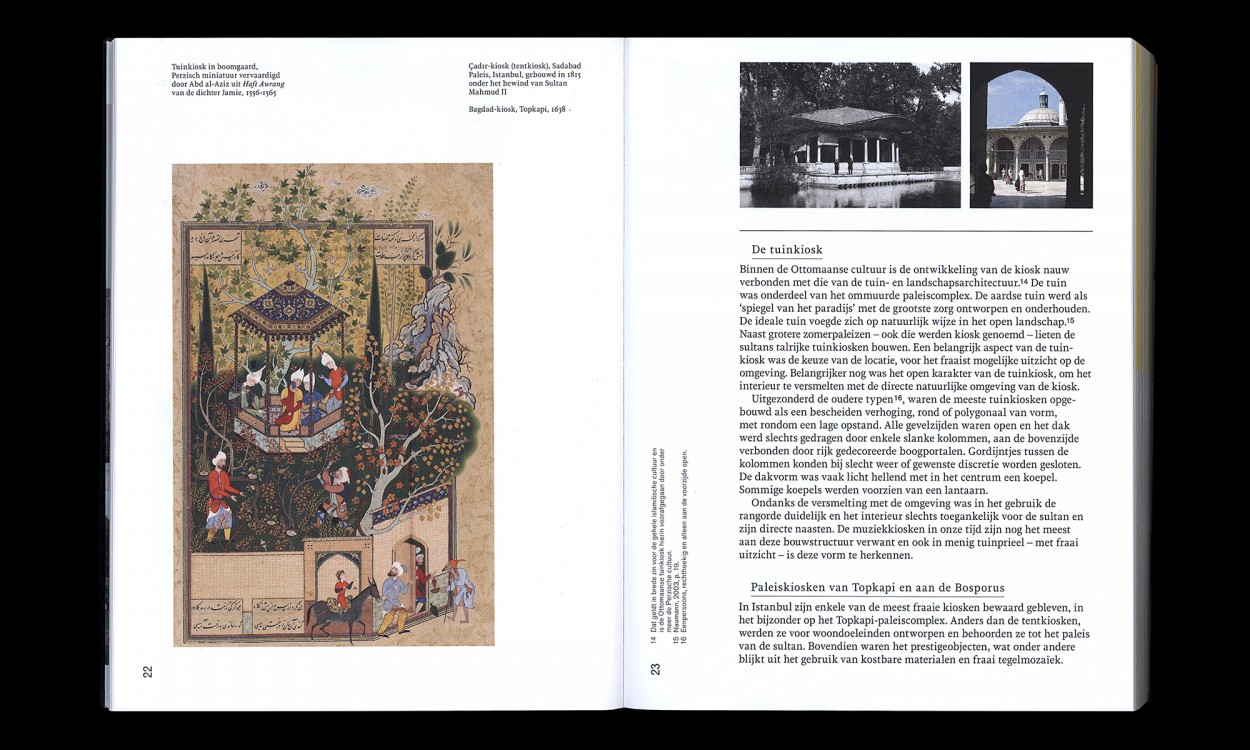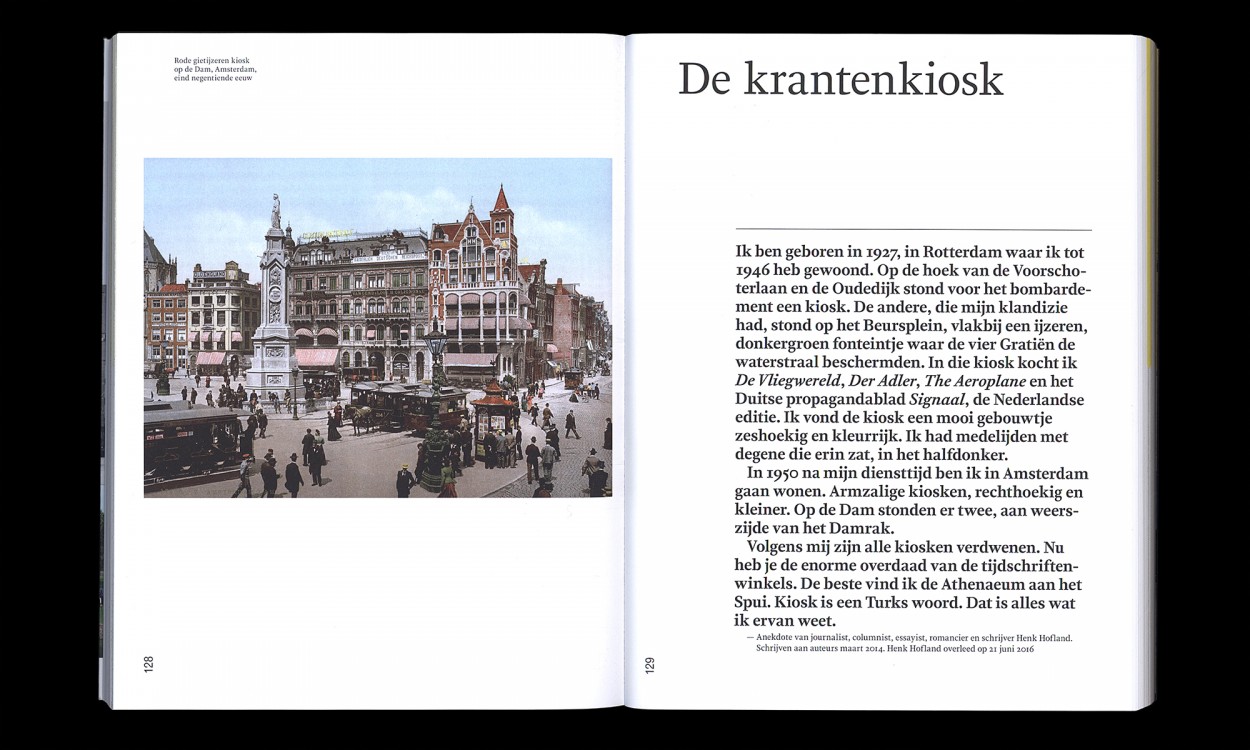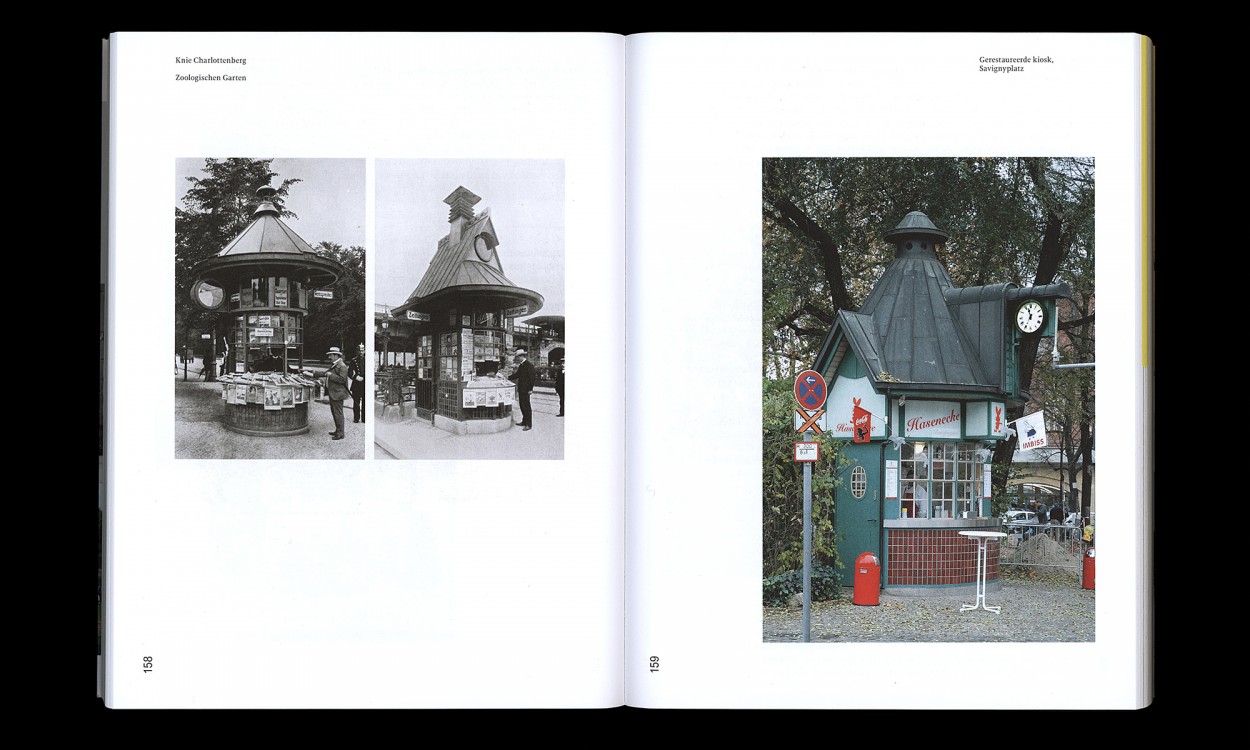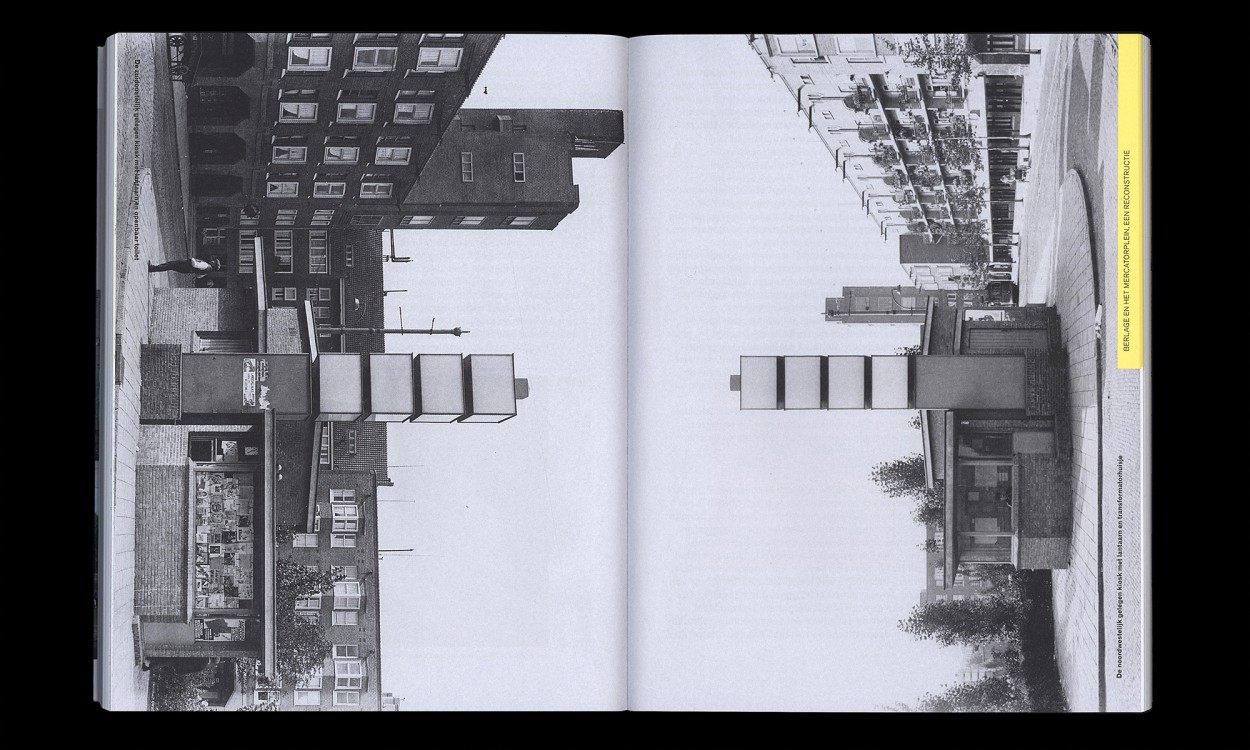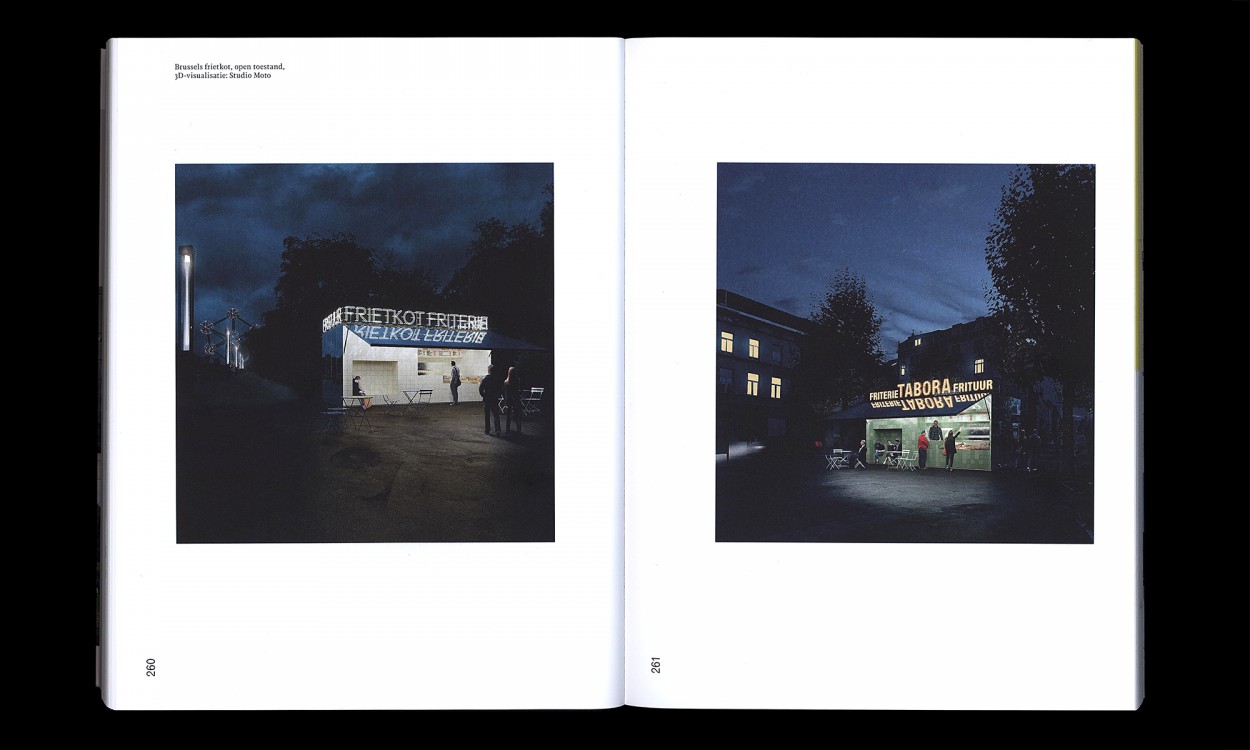Kiosk in de stad
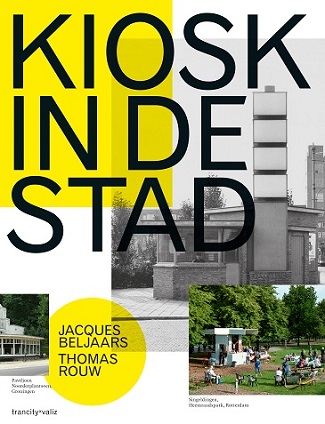
- Includes many engaging stories from practice and beautiful visual material, a book for anyone interested in street life in the city.
- But also a book for designers and planners who work on functionality and public meeting spaces that allow for a lively city.
This publication is only available in Dutch.
Authors: Jacques Beljaars en Thomas Rouw
Design: COMA
January 2021, trancityˣvaliz | paperback | 352 blz. | 24 x 17 cm (h x w) | Dutch | ISBN 978-94-92095-77-0
This publication was realised with the generous support of Stimuleringsfonds Creatieve Industrie, Van Eesteren-Fluck & Van Lohuizen Stichting and Universiteit van Amsterdam (UvA).
In the media:
- SOS de kiosk: we vergeten te dromen by Stijn Tormans in the magazine Knack (13 September 2023)
- Den Haag is een paradijs voor wie van straatkiosken houdt, (The Hague is a paradise for those who love street kiosks) by Pieter Hoexum in Dutch newspaper Trouw (8 January 2022)
- Boekentrio, Kiosk in de stad is listed as one of three favourite books of 2021 by Vincent Kopier on Dutch website De Urbanist (December 2021)
- Wat is er leuker dan een kiosk?, (What is nicer than a kiosk?), by Guus Luijters in Ons Amsterdam (23 November 2021)
- Boekbespreking: Kiosk in de stad by Wim Meulenkamp in PorteFolly (Summer 2021)
- De kiosk, sociaal onkruid dat niet vergaat, (Kiosks, social weeds that will not perish) by Jorne Visser on Dutch website De Architect (19 February 2021)
- Betaalbare Romantiek verdient een vaste plek, (Affordable romance deserves a permanent place) by Tijs van den Boomen in Dutch newspaper NRC (12 January 2021)
- Stille observant van het straatleven, (Silent observer of the street life) by Martine Bakker in Dutch magazine Blauwe Kamer (1/2021)
Kiosk in the City is the end result of an extensive study by Jacques Beljaars and Thomas Rouw into the urban development, architectural and urban sociological value and significance of the sales kiosk. This widely accessible work tells about the history, diversity and embedding of the kiosk in the urban architectural and sociological context. The chronologically ordered text, about the history of the kiosk, is told on the basis of important social, sociological and urban developments. This essay shows how there has been social thinking about street trading during the past century and a half. Sometimes kiosks were taken for granted as part of the fabric of a city, but in the 70s and 80s of the last century they became synonymous with the impoverishment of the inner cities. This led to strong government regulation and often to the removal of the kiosk from the streets. In recent decades there has been more appreciation and the number of kiosks in the big cities is increasing again.
As a whole, Kiosk in the City provides a picture of the spatial and social scale of the phenomenon of the kiosk within the urban environment.
Jacques Beljaars and Thomas Rouw are both architects.

